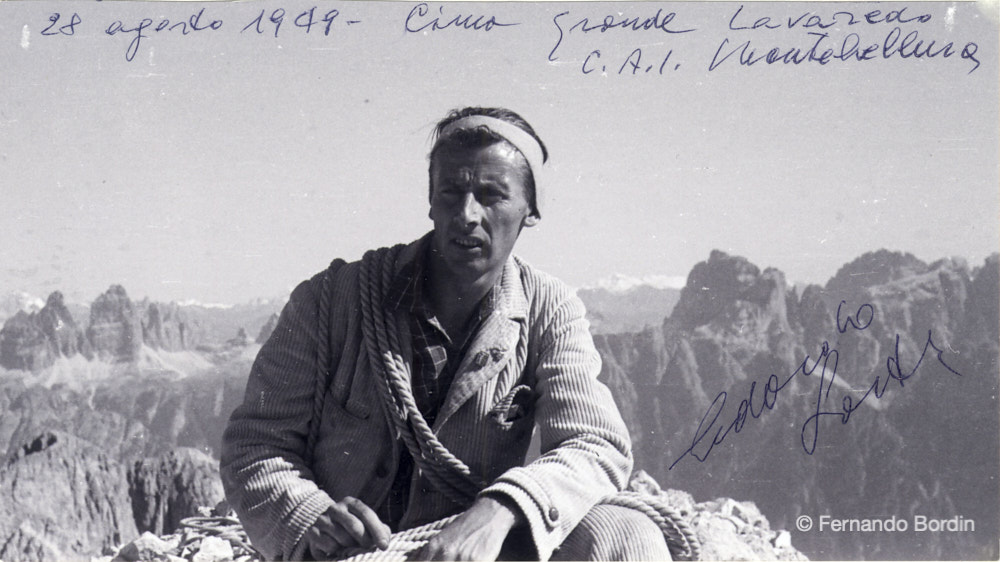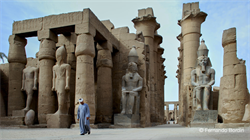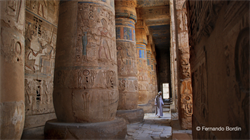Multivision
Archaeology and History

90° CAI Montebelluna
A journey back in the history of the CAI, Italian Alpine Club, Section of Montebelluna from 2016 to 1926 through recent and historical photos of the various protagonists, taken from the substantial photographic archive, to celebrate the 90th anniversary of its establishment.
2016 - Length 13 minutes



